There are different types of nanofertilizers .Biorhganic Nanocomposite (abbreviated as Biorhganic) is a powerful and healthy fertilizer that has all the characteristics
It has bio-organic fertilizers. Healthy fertilizers are usually either from the organic (or organic) group
are. Each of these groups has its own characteristics. Organic fertilizers are mainly aimed at increasing fertility
Soil and improve the uptake of elements are used. Biological fertilizers are mainly intended to feed the plant to use
Biological agents such as bacteria, fungi, etc.
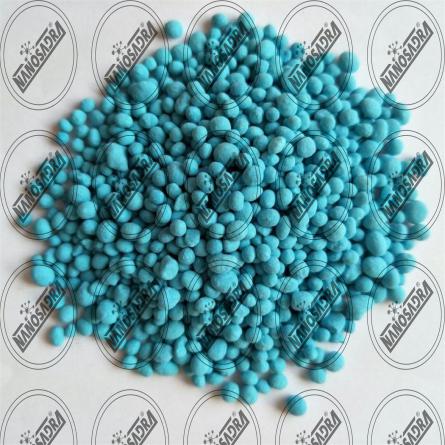
Best brands of nanofertilizers on global market
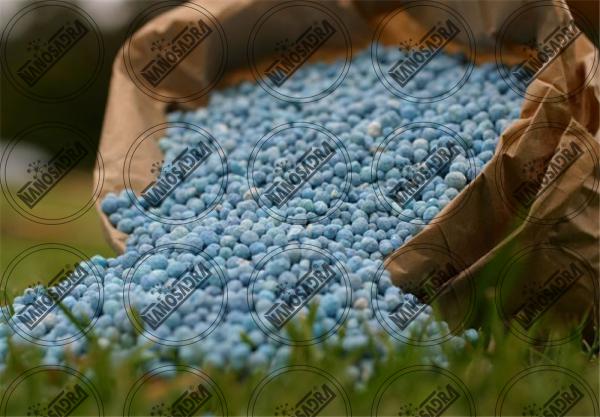
Biology Section:
This section contains the microorganisms used including symbiotic and non-biotic nitrogen-fixing bacteria from
Rhizobium, Azotobacter azosporilium, bacteria containing OPH enzyme capable of decomposing and converting toxins residues
Phosphorus can be absorbed into phosphorus
Description of bioorganic nanocomposite components:
Fertilizers containing humic substances 🙂
Humic substances are organic matter
Unlike chemicals such as pesticides and fertilizers (not man-made and naturally occurring in the environment)
There are around us. Organic matter is a material that has a high percentage of carbon (C) and whatever the soil
The more fertile the organic matter or the higher the percentage of organic carbon. Humic substances include humic acids
(Humic acids), Fulvic acids (, Humates) Humate (, Humines) Humin (and
Humic substances are essential for fertility, vitality and strength as well as nutrition.
They have herbs. The biology section of this fertilizer utilizes a variety Bacteria provide an important part of the plant’s need for nitrogen and phosphate. The following are the components of fertilizer introduced. A. Organic Section: This section contains three important groups of organic factors including: 1. Humic substances that are themselves constituents – Another constituent is 2- Vermicompost) Description as follows (3) Organic compounds containing amino acids
Advantages and disadvantages of using nanofertilizers
define nanofertilizer Humus (Humus): Humus is a complex, carbon black, carbon material.
Consists of non-humic substances and humic substances. Humus non-humic substances including carbon, fat,
Wax, peptides, amino acids and proteins are included and most of the humic substances contain organic acids. More materials
Non-human humus is rapidly decomposed by soil microorganisms. On the contrary, the humic part of humus
Gradually decomposes in the soil and in comparison with the minerals or minerals, the humus in the soil is very high.
It is more stable and may live on soil for several hundred years.
Humic substance Humus (plus some
It consists of high molecular weight compounds. Humic substance is brown to black. Whatever humic substances
The higher the soil permeability, the greater the water retention capacity as well as the anionic and cation exchange of the soil. analyze
Elements of humic substances in the laboratory have shown that humic substances of elements such as carbon (C, oxygen) O,
Hydrogen (H), nitrogen (N), sulfur (S), as well as complex carbon and cyclic carbon strands are used. Biofertilizer Biofertilizer One It is a powerful blend of organic and biological agents enriched with micronutrient nanoclates. Sections Organic, biological and micronutrient in this fertilizer combined in a way that is most effective in agronomic ecosystem In terms of soil fertility and nutritional needs of the plant.
Organic and safe nanofertilizers for sale
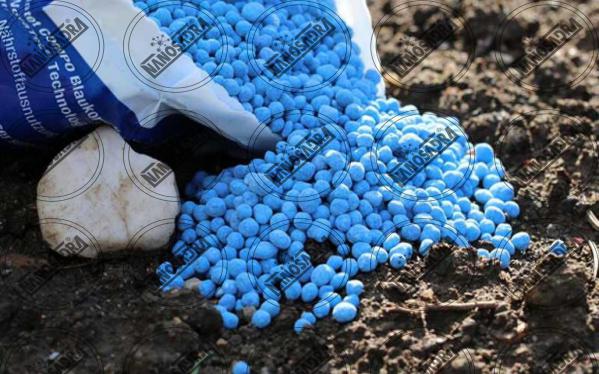 Humic substance Humus (plus some
Humic substance Humus (plus some
It consists of high molecular weight compounds. Humic substance is brown to black. Whatever humic substances
The higher the soil permeability, the greater the water retention capacity as well as the anionic and cation exchange of the soil.
analyze
Elements of humic substances in the laboratory have shown that humic substances of elements such as carbon (C, oxygen) O,
Hydrogen (H), nitrogen (N), sulfur (S), as well as complex carbon and cyclic carbon strands
Is. Humic substances are divided into three main groups: 1-Humin 2-Humic Acids
(Humic acids) 3 – and Fulvic acids)
Humins are substances that are unabsorbed by the plant at high or low pHs.
In other words, better, the humins are insoluble in water. Humines are very large molecules of molecular weight
Above have arisen.
With all the advances in soil science, many of the physical and chemical properties of humines
It is still unknown. Humines are very resistant to degradation and break down slowly. The main tasks
Humans in the soil include increased soil water retention capacity, improved soil structure, increased stability
Soil, increasing the cationic and anionic exchange capacity of the soil and ultimately increasing soil fertility. Humic substances in
Soil fertility plays an essential role.
Humic acids: Humic acids are composed of a mixture of aliphatic molecules. application of nanopesticides are various.

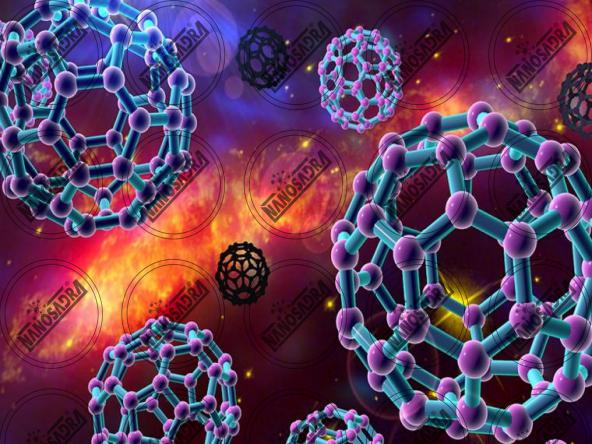
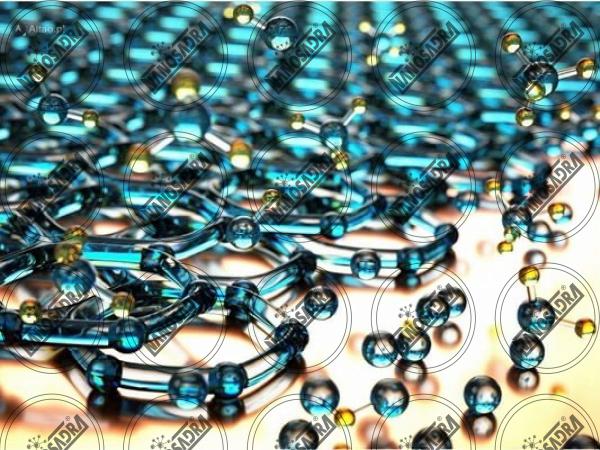
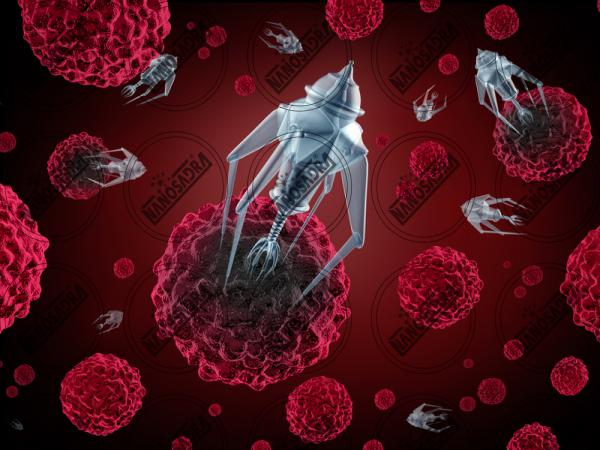

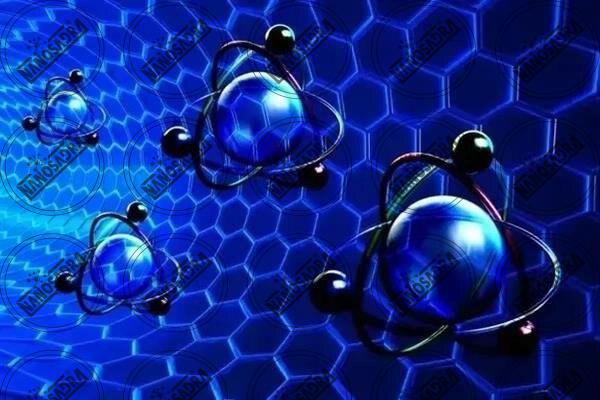




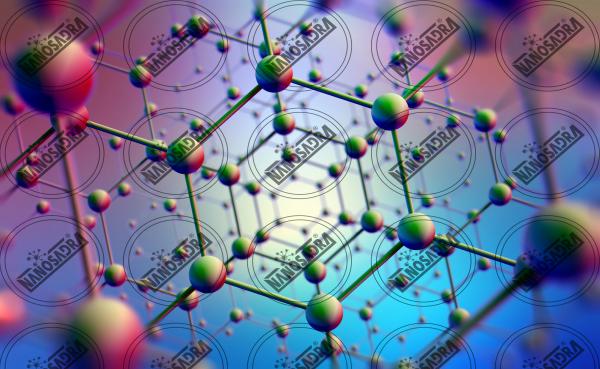
Your comment submitted.